SOURCE: RAUNAK KUNDE / NEWS BEAT / IDRW.ORG


The Defence Research and Development Organisation (DRDO) has unveiled the Advanced Hydro-Gas Suspension Unit (AHSU) for the Arjun Mk.1A main battle tank (MBT). This new technology represents a significant upgrade from the existing Hydro-Pneumatic Suspension Unit (HSU) used in the Arjun Mk.I.
The AHSU is a trailing arm-type suspension system specifically designed for the Arjun Mk.1A. It incorporates a gas spring and an integrated hydraulic damper, offering several advantages over the previous HSU.
Continue readingSOURCE: RAUNAK KUNDE / NEWS BEAT / IDRW.ORG
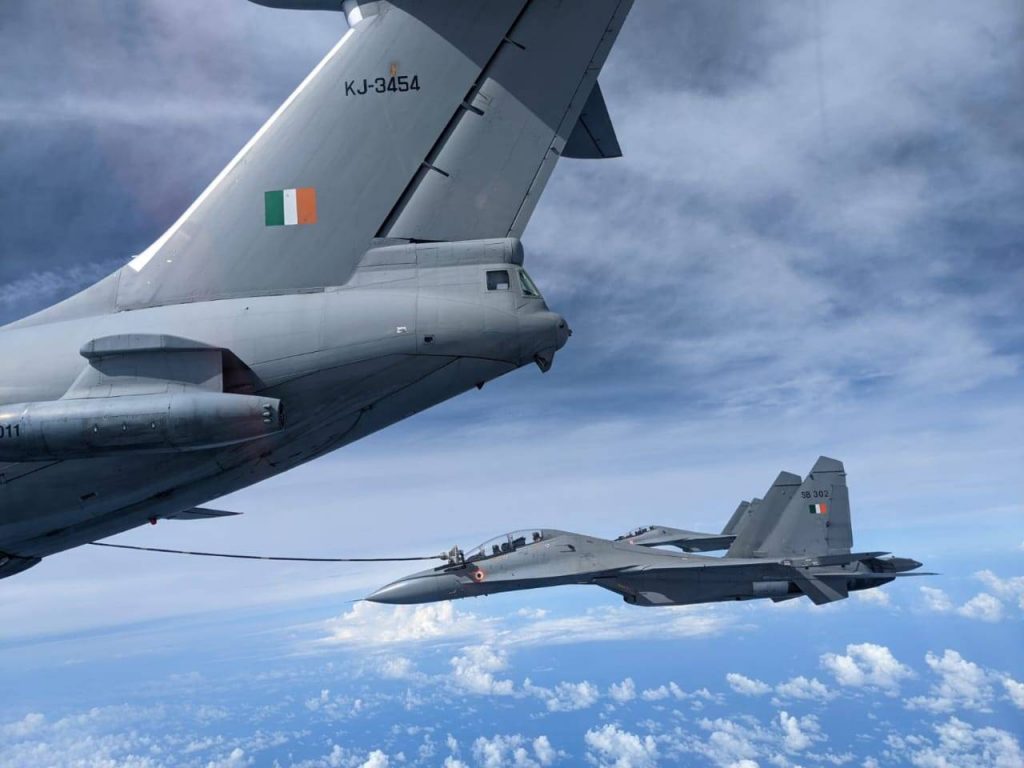

The Indian Air Force (IAF) is taking a fresh leap towards bolstering its mid-air refuelling capabilities. Last month, the Ministry of Defence (MoD) granted a renewed Acceptance of Necessity (AoN) for the procurement of six mid-air refuelers.
The IAF currently operates a fleet of six Russian-made IL-78MD aerial refuelers. However, these have faced serviceability issues and are deemed insufficient to meet the needs of the IAF’s growing fleet of fighter jets. The IAF has expressed a requirement for a total of 18 air refuelers to effectively extend the operational range of its combat aircraft.
Continue readingSOURCE: RAUNAK KUNDE / NEWS BEAT / IDRW.ORG


India’s Defence Research and Development Organisation (DRDO) is making significant strides in bolstering the country’s nuclear deterrence capabilities with the development of the K-5 submarine-launched ballistic missile (SLBM).
The K-5, currently under development, boasts an impressive range of 5,000 kilometres. This extended reach allows Indian submarines to launch attacks from a greater distance, enhancing their survivability and strategic deterrence.
Continue readingSOURCE: RAUNAK KUNDE / NEWS BEAT / IDRW.ORG

The Aeronautical Development Establishment (ADE), a leading laboratory under India’s Defence R&D Organisation (DRDO), has issued an Expression of Interest (EoI) for Indian companies to collaborate on the development of a new experimental unmanned aerial vehicle (UAV).
This project seeks participation from reputable Indian companies with proven expertise and experience in various engineering fields crucial for UAV development. These fields include:
Continue readingSOURCE: RAUNAK KUNDE / NEWS BEAT / IDRW.ORG
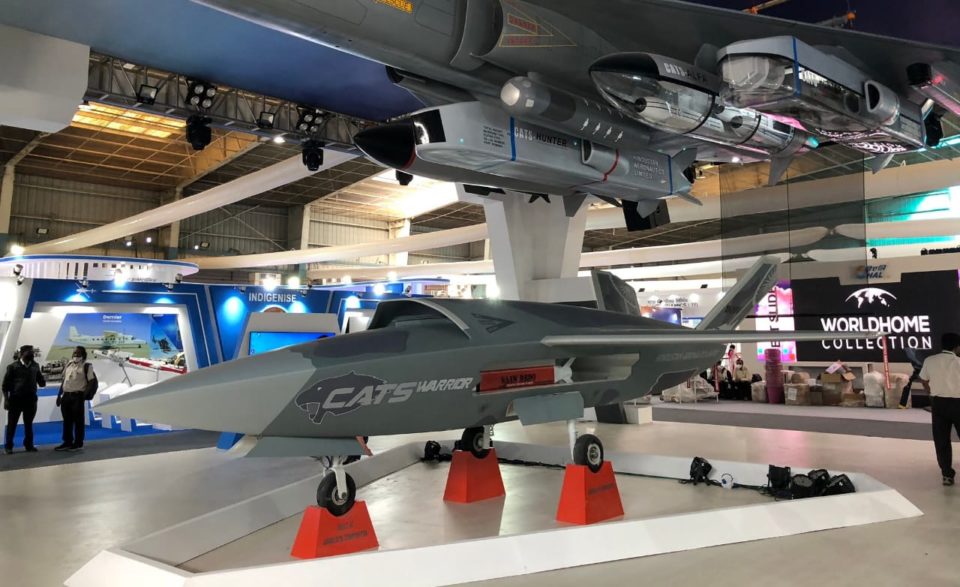

The Indian Air Force (IAF) is setting its sights on the future of aerial combat with its ambitious “Loyal Wingman” program. This initiative seeks to procure a fleet of 200-250 unmanned, semi-autonomous aircraft designed to fly alongside manned fighter jets.
Local powerhouse Hindustan Aeronautics Limited (HAL) is spearheading this program, proposing the development of two distinct classes of these uncrewed combat aerial vehicles (UCAVs) in collaboration with a private sector company.
Continue readingSOURCE: RAUNAK KUNDE / NEWS BEAT / IDRW.ORG


India achieved a significant milestone in its defence development on March 20, 2024, with the successful test-firing of its first indigenously-made 1500-horsepower (HP) engine for Main Battle Tanks. This groundbreaking engine was developed by BEML’s Engine division in Mysuru and represents a major leap forward in India’s quest for self-reliance in military technology.
Sources familiar with the program, speaking to idrw.org, revealed plans for the next phase of development. The “Generation Two” iteration of this engine will be used for crucial trials on older Arjun tank prototypes starting in mid-2025.
Continue readingSOURCE: RAUNAK KUNDE / NEWS BEAT / IDRW.ORG


The Indian Space Research Organisation (ISRO) has achieved a significant milestone with the successful autonomous landing of its Reusable Launch Vehicle (RLV) technology demonstrator, named “LEX.” This mission marks a major step forward in developing a cost-effective and reusable space transportation system.
The RLV LEX is a winged space plane designed to take off vertically, reach orbit, deploy satellites, and then return to Earth for a runway landing. Unlike traditional expendable rockets, the RLV can be reused multiple times, significantly reducing launch costs. ISRO’s recent mission focused on the crucial landing phase, demonstrating the vehicle’s ability to autonomously navigate and land under challenging conditions.
Continue readingSOURCE: RAUNAK KUNDE / NEWS BEAT / IDRW.ORG
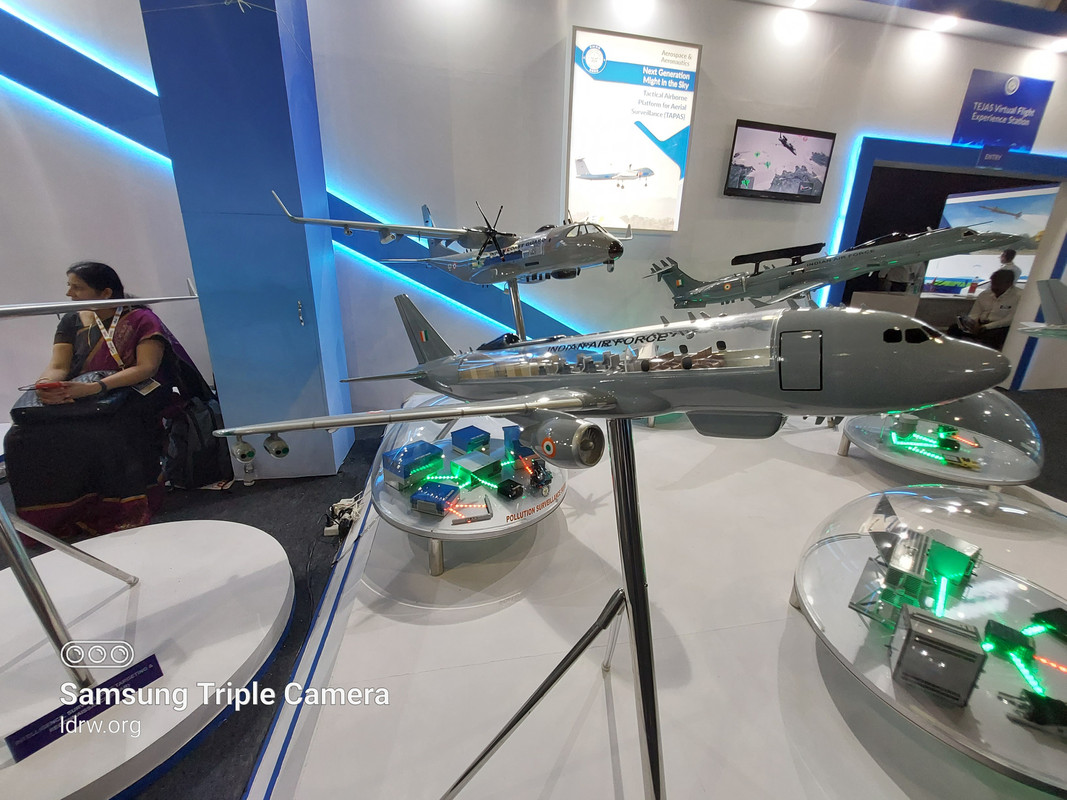

India is seeking assistance from Western defence companies in its ambitious “Made in India” project to develop a fleet of three Signal Intelligence (SIGINT) and Communications Jamming (COMJAM) aircraft. This move comes as authorities in New Delhi ramp up efforts to bolster the country’s electronic warfare capabilities.
American defence giant L3Harris and French electronics leader Thales have both reportedly offered their expertise to aid India in developing these specialized aircraft. However, the complexity of SIGINT and COMJAM technologies appears to be prompting Indian authorities to leverage Western know-how.
Continue readingSOURCE: RAUNAK KUNDE / NEWS BEAT / IDRW.ORG


The iDEX ADITI initiative, a program fostering innovation in critical defence technologies, has launched a new challenge focused on revolutionizing underwater object identification. This project seeks advancements in Underwater Object Identification using Aerial Hyperspectral Imaging and AI (Artificial Intelligence).
The challenge hinges on leveraging Underwater Hyperspectral Imaging (UHI) technology. UHI boasts the remarkable capability of identifying and classifying objects underwater with exceptional detail, even at depths of several hundred meters. This technology promises to significantly enhance the Indian Navy’s ability to detect and analyze objects of interest within the vast underwater domain.
Continue readingSOURCE: RAUNAK KUNDE / NEWS BEAT / IDRW.ORG
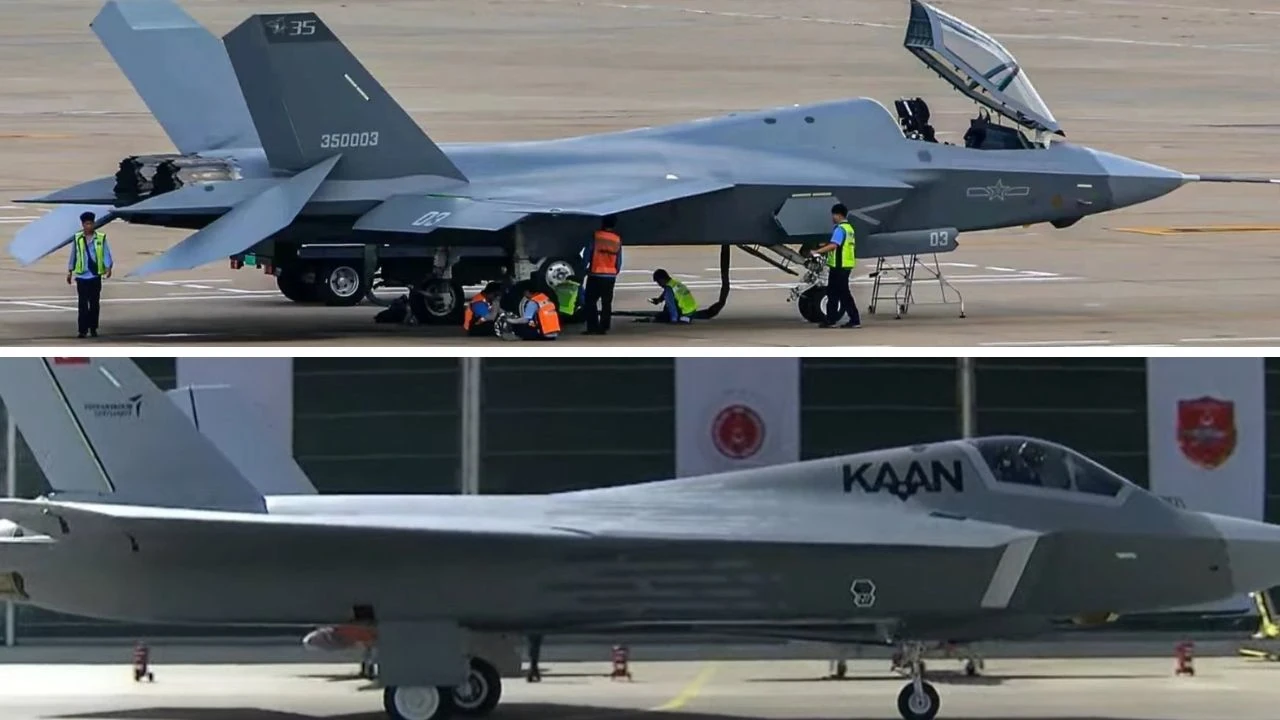

Pakistan’s future fighter jet procurement plans remain shrouded in some mystery. While initial reports suggested interest in joining Turkey’s TF-X (KAAN) program, recent developments point towards a potential shift in focus.
Pakistan Air Force (PAF) Chief’s recent confirmation of interest in the Chinese FC-31 stealth fighter upon its completion casts doubt on their commitment to the KAAN program. While details are scarce, it appears the PAF may be prioritizing the FC-31.
Continue readingSOURCE: RAUNAK KUNDE / NEWS BEAT / IDRW.ORG
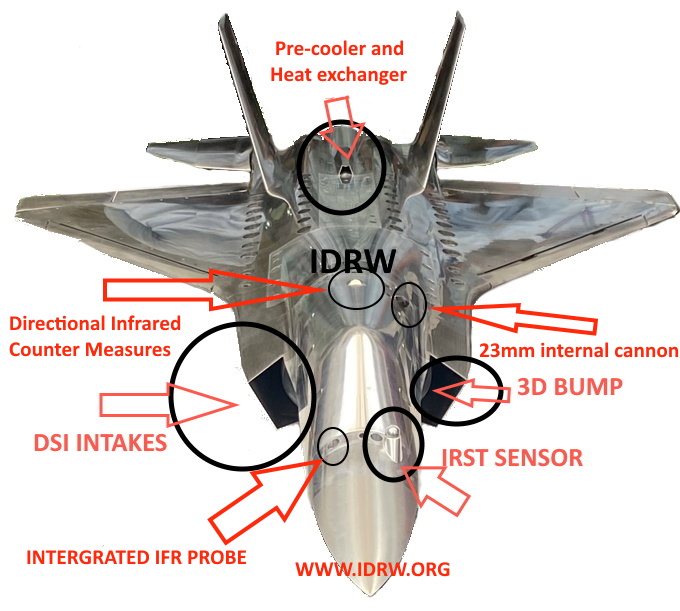

The Aeronautical Development Agency’s (ADA) AMCA program is making significant strides towards a future-proof fighter jet. The project team is prioritizing two key features: spiral upgrades and modular design, ensuring the aircraft’s continued relevance for years to come.
idrw.org has been told that the AMCA’s design allows for incremental capability additions through “Blocks.” New features and functionalities can be integrated over time, eliminating the need for a complete overhaul until a Mid-Life Update (MLU).
Continue readingSOURCE: RAUNAK KUNDE / NEWS BEAT / IDRW.ORG


The Defence Research and Development Organisation (DRDO) is setting its sights on high-powered directed-energy weapons (DEWs). This development comes as part of a well-defined roadmap with short–, medium-, and long-term goals for harnessing this next-generation military technology.
The current focus is on developing DEWs with a significant power increase, targeting a range of 30-50 kilowatts. This substantial leap in power signifies a move towards more potent DEWs capable of tackling a wider range of threats.
Continue readingSOURCE: RAUNAK KUNDE / NEWS BEAT / IDRW.ORG


The Combat Vehicles Research & Development Establishment (CVRDE), a leading laboratory of India’s Defence Research and Development Organisation (DRDO), has issued a Request for Information (RFI) for the development of a critical component – an indigenous track system for 70-ton class Armoured Fighting Vehicles (AFVs).
The track system is an essential element of the Running Gear (RG) system in a Main Battle Tank (MBT) like the Arjun Mk-IA. It acts as a closed loop, driven by a sprocket to propel the tank. Each track link comprises various components like track blocks, rubberized pins, pads, connectors, and clamps.
Continue readingSOURCE: RAUNAK KUNDE / NEWS BEAT / IDRW.ORG
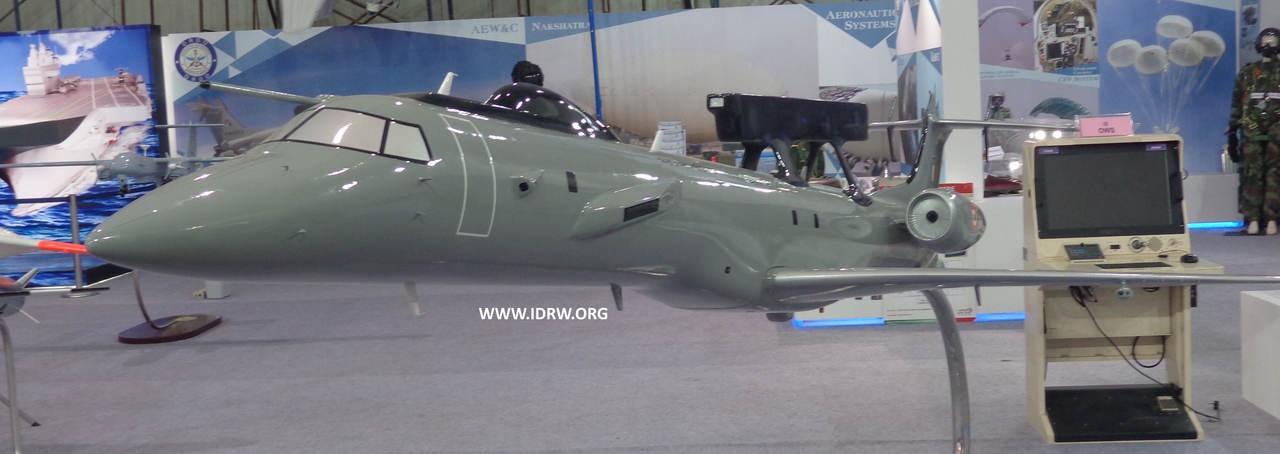

India’s domestically developed Netra Airborne Early Warning and Control System (AEW&Cs) aircraft are generating export interest from South American countries and Indonesia, according to reports. This indigenous platform developed by the Defence Research and Development Organisation (DRDO) has impressed potential buyers with its capabilities.
The Indian Air Force (IAF) has already inducted three Netra AEW&C MkI aircraft into service. These platforms provide crucial airborne surveillance and command-and-control functions, significantly bolstering India’s aerial defence capabilities.
Continue readingSOURCE: RAUNAK KUNDE / NEWS BEAT / IDRW.ORG


The Ministry of Defense (MoD) has taken a significant step towards enhancing the capabilities of its armoured fleet by signing a contract with AVNL for the upgrade of 693 BMP-2 infantry fighting vehicles.
The upgraded BMP-2M variant will feature state-of-the-art armament systems, including an integrated Fire Control System (FCS) and third-generation sighting systems for both the gunner and commander positions.
Continue reading